The future of virtual fashion services is revolutionizing the way we dress. Imagine having access to an endless virtual closet, where you can experiment with different styles and outfits without the hassle of traditional shopping. From monthly rental subscription services to online clothing and dress rentals, the fashion industry is embracing a more sustainable and budget-friendly approach to style. These innovative platforms allow you to curate your look, prioritize your favorite items, and receive a curated selection right at your doorstep. Say goodbye to closet raids and hello to a more convenient, planet-friendly, and budget-conscious way of getting styled.
The fashion industry has undergone significant transformations over the years, shaped by changing consumer preferences, technological advancements, and global trends. From traditional brick-and-mortar stores to e-commerce platforms, the industry has adapted to new modes of retail and communication. The evolving landscape has not only impacted the way fashion is produced and consumed but has also paved the way for innovative concepts such as virtual fashion services.
The Rise of Virtual Fashion Services
A. Explanation of virtual fashion services
- Virtual Styling: Virtual styling involves the use of digital platforms and tools to help individuals discover, refine, and experiment with their personal style. Online styling services and applications leverage algorithms, personal preferences, and fashion trends to offer tailored suggestions and outfit recommendations. This allows users to explore diverse looks, colors, and clothing combinations in a virtual environment, fostering a more personalized and convenient shopping experience.
- Augmented Reality (AR) Fitting Rooms: AR fitting rooms revolutionize the way consumers try on clothing without physically being present in a store. By overlaying virtual images of garments onto a user's real-time image, AR technology enables virtual try-ons. This not only enhances the convenience of shopping but also reduces the need for physical fitting rooms, contributing to a more efficient and sustainable fashion experience.
- Virtual Wardrobe Management: Virtual wardrobe management services assist users in organizing, cataloging, and optimizing their clothing collections in a digital space. Through these platforms, individuals can create digital representations of their physical wardrobes, allowing them to mix and match outfits, plan looks, and receive recommendations based on their existing garments. This streamlines the fashion decision-making process and encourages sustainable consumption by maximizing the use of existing items.
B. Comparison with traditional in-person styling
Traditional in-person styling often involves visits to physical stores or fashion consultants for personalized assistance. Virtual fashion services offer an alternative that transcends geographical limitations, providing users with 24/7 access to styling tools and resources. Additionally, the virtual environment enables users to experiment with styles in a low-risk setting, fostering a more inclusive and diverse approach to fashion exploration.
C. Key players in the virtual fashion services industry
Several companies have emerged as key players in the virtual fashion services sector, each offering unique solutions to enhance the digital fashion experience. From virtual styling platforms like Stitch Fix and Trunk Club to AR fitting room technologies developed by companies like Zeekit and Wanna Kicks, the industry continues to see rapid innovation. E-commerce giants like Amazon and fashion brands like Gucci have also integrated virtual try-on features into their online platforms, showcasing the widespread adoption of virtual fashion services across the industry. As technology continues to advance, the landscape of virtual fashion services is expected to evolve further, with new players entering the market and existing ones expanding their offerings.
Benefits of Virtual Fashion Services
A. Convenience and Accessibility
Virtual fashion services provide unparalleled convenience and accessibility for consumers. Users can access styling tools, virtual fitting rooms, and wardrobe management services from the comfort of their homes or on-the-go through mobile applications. This eliminates the need for physical store visits and allows individuals to explore and experiment with fashion at their own pace, regardless of geographical constraints. The 24/7 availability of virtual fashion services ensures that users can engage with the platforms at any time, fitting into their busy schedules seamlessly.
B. Sustainability Aspects
Virtual fashion services contribute to the sustainability goals of the fashion industry in several ways. By facilitating virtual try-ons and reducing the need for physical fitting rooms, these services minimize the environmental impact associated with in-person shopping, including transportation emissions and the production of disposable packaging. Virtual wardrobe management also promotes sustainable practices by encouraging users to maximize the use of their existing clothing items, thereby reducing the demand for new purchases and contributing to a more circular fashion economy.
C. Cost-Effectiveness
Engaging with virtual fashion services can be a cost-effective alternative to traditional in-person styling. Users can experiment with different styles, receive personalized recommendations, and virtually try on outfits without the need for physical purchases. This minimizes the risk of making expensive fashion mistakes and allows individuals to make informed decisions before investing in new clothing items. Additionally, the virtual nature of these services often means lower overhead costs for both consumers and businesses, resulting in potential cost savings for all parties involved.
D. Customization and Personalization
One of the key benefits of virtual fashion services is the high level of customization and personalization they offer. Algorithms and machine learning technologies analyze individual preferences, past choices, and fashion trends to provide tailored recommendations. Virtual styling tools allow users to experiment with various styles and combinations, fostering a deeper understanding of personal preferences. This level of customization ensures that users receive fashion advice and options that align with their unique tastes, promoting a more satisfying and empowering shopping experience.
How Virtual Styling Works
A. Overview of the Virtual Styling Process
Virtual styling involves a multi-step process that seamlessly integrates technology and fashion expertise to provide users with personalized and convenient fashion experiences.
- Virtual Consultations: The process often begins with virtual consultations, where users provide information about their style preferences, body shape, and specific clothing needs. These consultations may take place through online questionnaires, chat interfaces, or video calls. Virtual stylists may also consider factors such as lifestyle, occasions, and color preferences to gain a comprehensive understanding of the user's fashion profile.
- AI-Driven Style Recommendations: Artificial Intelligence (AI) plays a crucial role in analyzing the information gathered during virtual consultations. Machine learning algorithms process data on fashion trends, user preferences, and body measurements to generate personalized style recommendations. These recommendations may include clothing items, accessories, and complete outfits curated to suit the user's unique taste and requirements. The continuous learning capabilities of AI enable these recommendations to evolve over time as the system gains a better understanding of the user's style evolution.
- Virtual Try-Ons and Fitting: Once users receive style recommendations, virtual try-ons and fittings come into play. Advanced technologies such as augmented reality (AR) or virtual reality (VR) are often employed to create a virtual environment where users can see themselves wearing suggested outfits. Virtual fitting rooms allow users to visualize how different clothing items fit and look on their own body, enhancing the online shopping experience. This step minimizes the uncertainty associated with online purchases and helps users make more informed decisions.
B. Integration of Technology and Fashion Expertise
The success of virtual styling lies in the seamless integration of technology and fashion expertise. Virtual styling platforms often employ a combination of AI algorithms and the expertise of human stylists. While AI analyzes vast datasets to identify trends and user preferences, human stylists bring a nuanced understanding of fashion, style aesthetics, and the ability to interpret individual preferences that may not be easily captured by algorithms alone.
The synergy between technology and fashion expertise ensures that virtual styling services not only leverage the efficiency and scalability of AI but also provide a personal touch that reflects the nuances of individual style. The iterative nature of these systems, where AI continuously learns from user feedback and stylist interactions, contributes to the ongoing refinement and improvement of the virtual styling experience.
Overcoming Challenges
A. Addressing Concerns about Accuracy and Fit
One of the primary challenges faced by virtual styling services is ensuring the accuracy of recommendations and the fit of virtual try-ons. To address this concern:
Advanced Technology Integration: Constantly improving and integrating advanced technologies, such as more sophisticated AI algorithms and enhanced AR/VR solutions, can enhance the accuracy of sizing recommendations and virtual fittings.
User Feedback Loop: Establishing a robust feedback loop with users allows the system to learn from their experiences. Regularly collecting feedback on the fit and accuracy of virtual try-ons helps the platform refine its algorithms and improve accuracy over time.
Collaboration with Fashion Brands: Collaborating with fashion brands to gather accurate and detailed sizing information for their products ensures that virtual fitting experiences align closely with the real-world fit of the clothing.
B. Ensuring a Personalized Experience
Personalization is crucial for the success of virtual styling services. Overcoming the challenge of providing a truly personalized experience involves:
Continuous Learning Algorithms: Implementing algorithms that adapt and learn from user interactions and feedback ensures that style recommendations become increasingly tailored to individual preferences.
User Profile Updates: Encouraging users to regularly update their style profiles with changing preferences and lifestyle considerations ensures that the virtual styling service remains in tune with their evolving tastes.
Human Touch: Maintaining a balance between AI-driven recommendations and human stylist interventions can add a personal touch to the experience. Human stylists can provide nuanced insights that may be challenging for algorithms alone to comprehend.
C. Overcoming Resistance to Change in the Fashion Industry
The fashion industry, known for its traditional practices, may resist embracing virtual styling services. To overcome this resistance:
Education and Collaboration: Educating industry stakeholders about the benefits and potential of virtual styling services is essential. Collaborating with fashion retailers, designers, and industry influencers can help build awareness and credibility.
Gradual Integration: Introducing virtual styling as a complement rather than a replacement for traditional practices can help ease the transition. Gradual integration allows the industry to adapt at its own pace.
Demonstrating Success Stories: Showcasing success stories and positive outcomes from early adopters within the industry can help build confidence and demonstrate the effectiveness of virtual styling services.
Emphasizing Sustainability: Highlighting the sustainability aspects of virtual styling, such as reduced reliance on physical stores and resources, can resonate with an industry increasingly focused on eco-friendly practices.
By systematically addressing these challenges, virtual styling services can foster trust, improve accuracy, and successfully integrate into the broader fashion landscape, creating a more personalized and technologically advanced experience for consumers.
The Environmental Impact of Virtual Fashion
A. Reduction in Fast Fashion Consumption
Virtual fashion services have the potential to contribute significantly to the reduction of fast fashion consumption, thereby mitigating the environmental impact associated with the rapid turnover of clothing items. By offering virtual try-ons, digital wardrobe management, and personalized styling recommendations, these services empower users to make more informed and thoughtful fashion choices. As consumers explore their personal style in virtual environments, they may become less inclined to follow fast fashion trends and opt for more timeless, versatile pieces. This shift can lead to a decrease in the demand for cheap, disposable clothing, ultimately promoting a more sustainable and environmentally friendly approach to fashion.
B. Sustainable Fashion Choices Through Virtual Services
Virtual fashion services can encourage and guide users toward making sustainable fashion choices. The integration of AI algorithms and virtual try-ons allows users to visualize the potential environmental impact of their decisions. By suggesting eco-friendly brands, promoting second-hand or vintage options, and emphasizing the versatility of existing wardrobe items, these services actively contribute to the adoption of more sustainable consumption patterns. Furthermore, virtual wardrobe management can assist users in maximizing the use of their current clothing, reducing the need for constant new purchases and minimizing textile waste.
C. Virtual Fashion as a Tool for Promoting Conscious Consumerism
Conscious consumerism involves making mindful choices that consider the social, ethical, and environmental implications of purchasing decisions. Virtual fashion services can serve as a powerful tool for promoting conscious consumerism by:
Educating Users: Providing information on sustainable and ethical fashion practices through virtual consultations, style recommendations, and informational content helps users make choices aligned with their values.
Highlighting Sustainable Options: Virtual styling platforms can prioritize and promote sustainable fashion brands, encouraging users to choose products with eco-friendly materials, ethical production processes, and fair labor practices.
Reducing Returns: Virtual try-ons and accurate sizing recommendations can significantly reduce the number of returns, a major contributor to environmental waste in the fashion industry. Fewer returns result in lower transportation-related carbon emissions and less packaging waste.
Tracking Environmental Impact: Some virtual fashion services may integrate tools that allow users to track the environmental impact of their fashion choices, including carbon footprint and water usage. This transparency empowers users to make choices that align with their sustainability goals.
By leveraging virtual fashion as a means to raise awareness and guide consumers toward more sustainable choices, these services can play a pivotal role in shaping a fashion industry that is environmentally responsible and socially conscious. Through education, accessibility, and empowerment, virtual fashion services can contribute to a more sustainable and ethical future for the fashion industry.
The Future Outlook
A. Emerging Trends in Virtual Fashion Services
-
Extended Reality (XR):
- The evolution of virtual fashion services is likely to incorporate extended reality (XR), including augmented reality (AR) and virtual reality (VR), to create even more immersive and lifelike experiences. This may include virtual fashion shows, interactive try-ons, and virtual shopping environments.
-
Social Shopping Experiences:
- Social aspects will play a significant role in the future of virtual fashion. Collaborative virtual styling sessions, social sharing of virtual outfits, and interactive fashion communities are emerging trends that enhance the social aspect of online fashion experiences.
-
AI-Driven Personalization:
- Continued advancements in artificial intelligence will lead to more sophisticated algorithms for personalized styling recommendations. AI will increasingly understand individual preferences, evolving with users and providing even more accurate and tailored suggestions.
-
Sustainability Integration:
- Virtual fashion services are likely to place an even greater emphasis on sustainability, promoting eco-friendly fashion choices and encouraging users to make environmentally conscious decisions. This may involve partnerships with sustainable brands, carbon footprint tracking, and other eco-friendly initiatives.
B. Potential Advancements in Technology
-
Haptic Feedback Technology:
- Advances in haptic feedback technology may allow users to feel the texture and fabric of virtual garments during try-ons, enhancing the sensory experience of virtual shopping.
-
3D Scanning Technology:
- Improved 3D scanning technology may enable more accurate virtual fittings by capturing precise body measurements, reducing the margin of error in sizing recommendations.
-
Artificial Intelligence Enhancements:
- AI may become even more sophisticated in understanding and predicting fashion trends, enabling virtual fashion services to stay ahead of the curve and provide users with the latest styles.
-
Blockchain for Authenticity:
- Blockchain technology could be integrated to ensure the authenticity and transparency of virtual fashion items, addressing concerns about counterfeiting in the digital fashion space.
C. Integration of Virtual Fashion into Mainstream Fashion Culture
-
Fashion Industry Collaboration:
- Virtual fashion services will likely see increased collaboration with traditional fashion industry players, including designers, retailers, and fashion events. This integration will further bridge the gap between virtual and physical fashion experiences.
-
Education and Awareness:
- As virtual fashion becomes more mainstream, efforts to educate consumers and the fashion industry about its benefits will play a crucial role. Awareness campaigns and educational initiatives can help overcome skepticism and resistance to change.
-
Inclusive Fashion Representation:
- Virtual fashion services have the potential to contribute to more inclusive fashion representation by offering a diverse range of styles, sizes, and cultural influences. This inclusivity will be a key factor in shaping the cultural impact of virtual fashion.
-
Augmented Retail Environments:
- Physical retail spaces may integrate augmented reality features, allowing customers to experience virtual try-ons and personalized recommendations even within traditional brick-and-mortar stores.
The future outlook for virtual fashion services is promising, with an increasing focus on technology integration, sustainability, and a seamless blend of virtual and physical fashion experiences. As these services continue to evolve, their impact on the fashion industry and culture is expected to be transformative, shaping the way individuals engage with and perceive fashion.
Get Styled
Virtual fashion services represent a groundbreaking evolution in the fashion industry, offering a myriad of benefits and unlocking new possibilities for consumers. From the convenience and accessibility of virtual styling to the positive impact on personal style and confidence, these services have reshaped the way individuals interact with fashion. The reduction in fast fashion consumption, encouragement of sustainable choices, and the promotion of conscious consumerism further underline the positive environmental and ethical contributions of virtual fashion.
You may also be interested in: Wardrobe Refresh lookingGLASS Lifestyle
Tired of staring at a closet full of clothes and feeling like you have nothing to wear? Our team of expert personal stylists, hand-picked for their diverse style sensibilities, understands the unique challenges real women face. We work magic with clothes you already own, or if needed, hand-pick pieces from our curated collection to build a wardrobe that's as individual as you are.
Book a Personalized Styling Session and watch your confidence soar as you discover your style that flatter your figure and make you feel amazing.

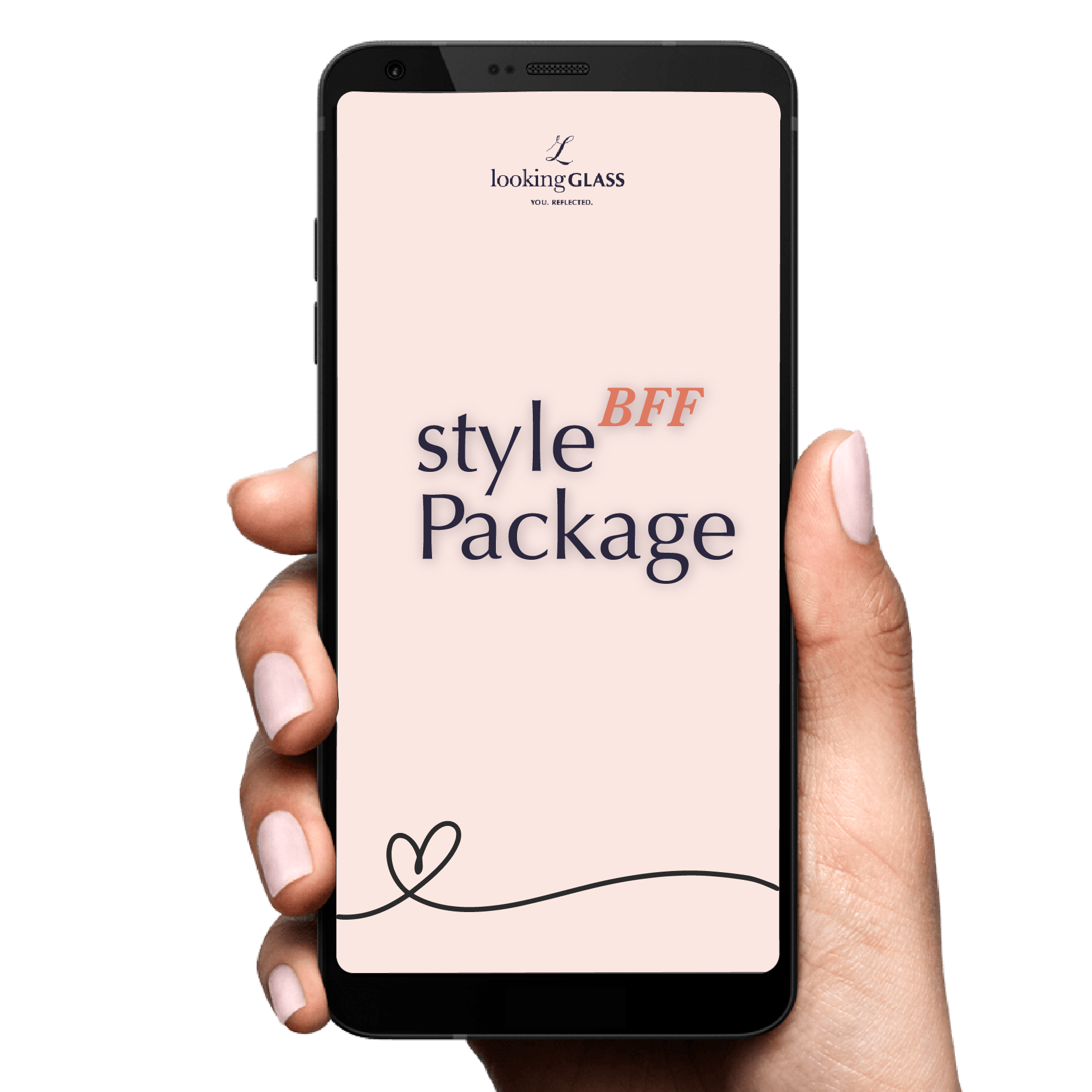
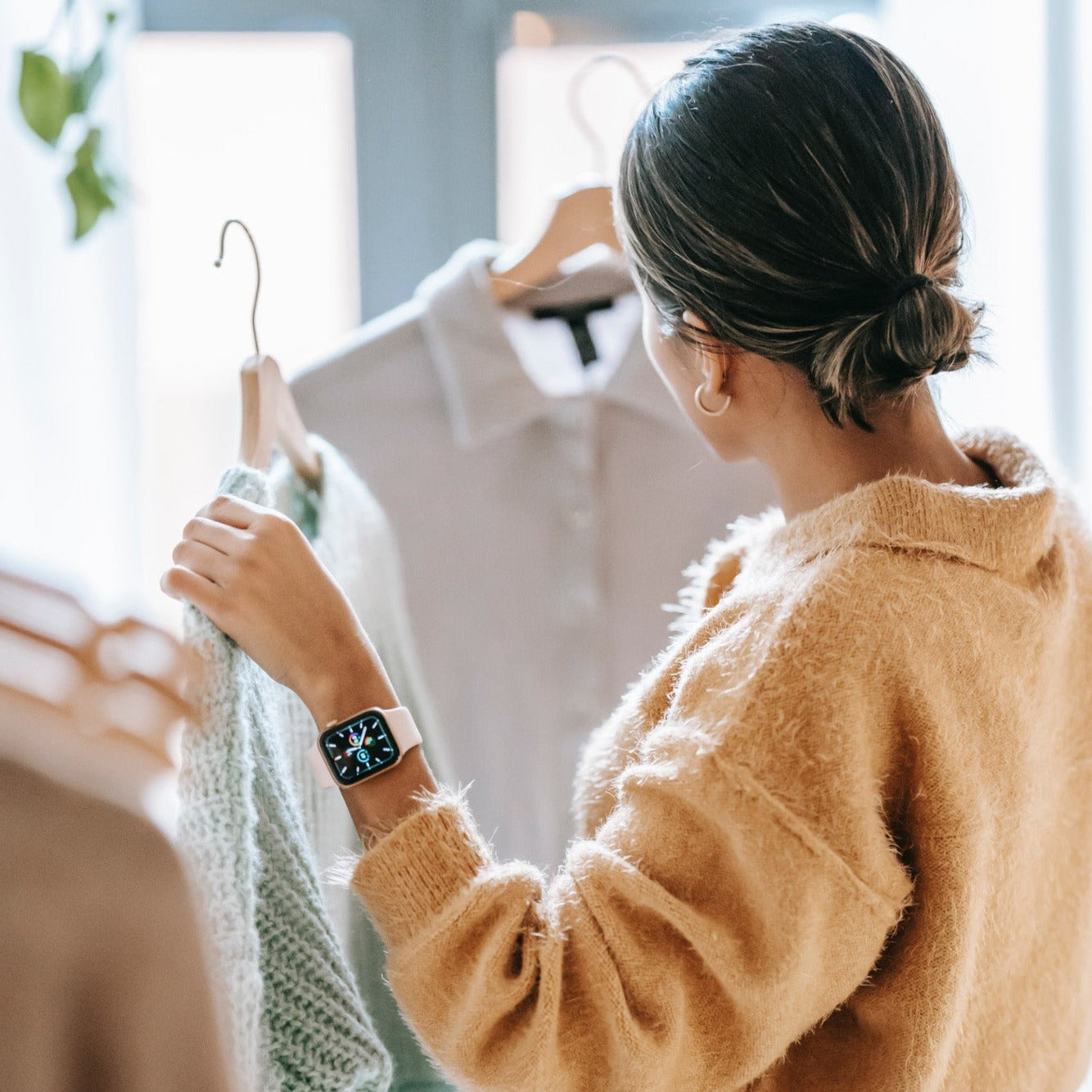
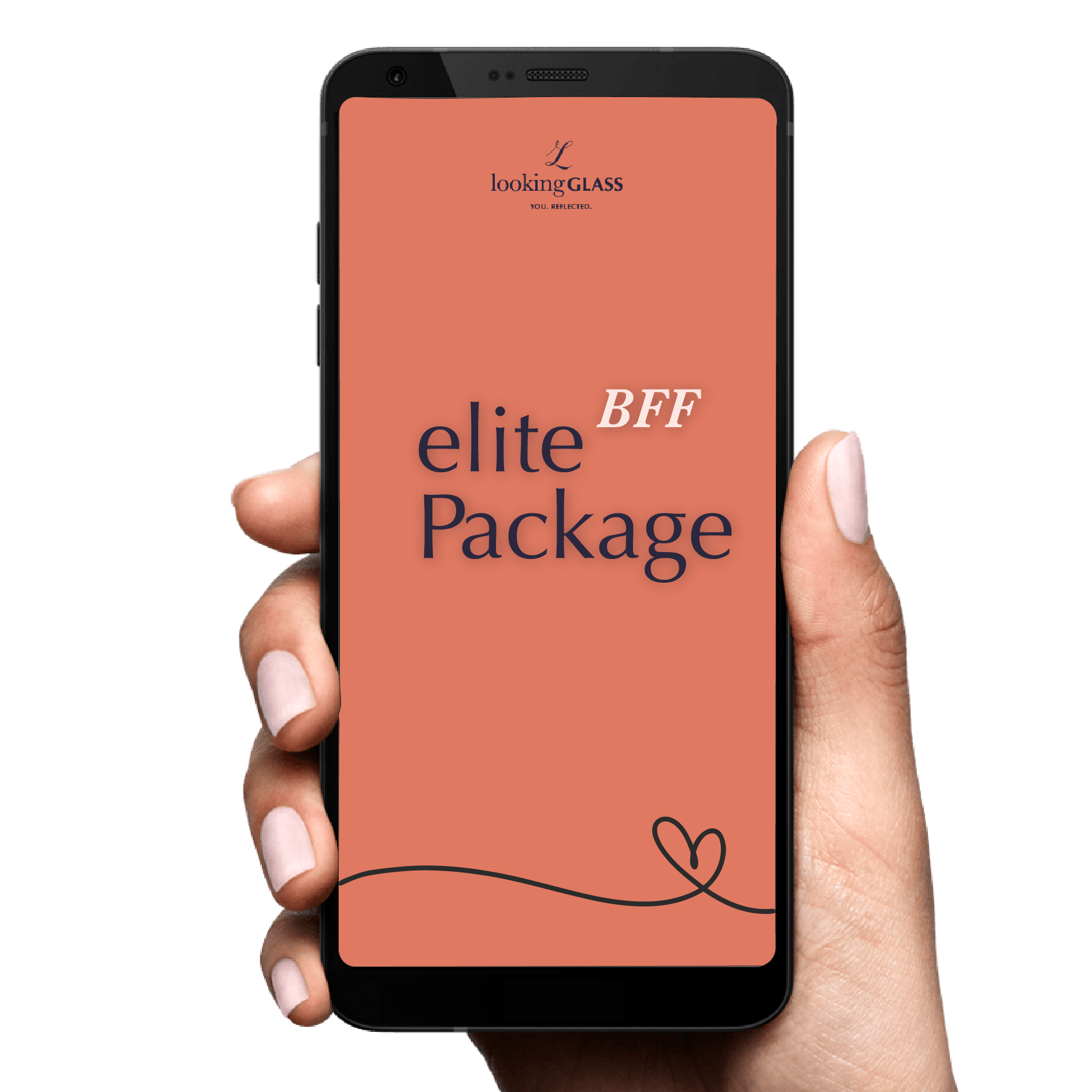
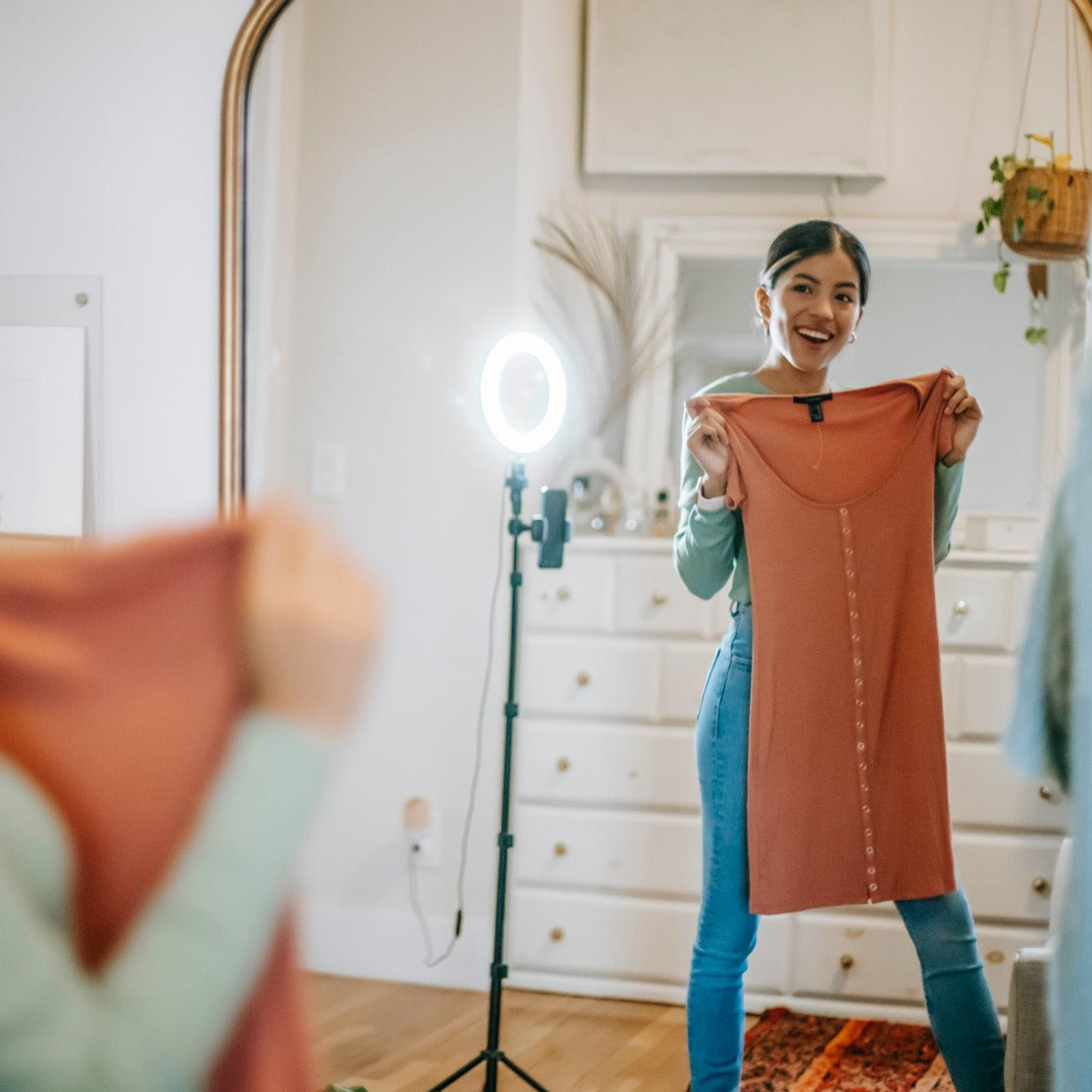


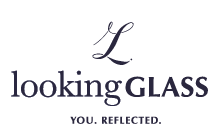

Leave a comment